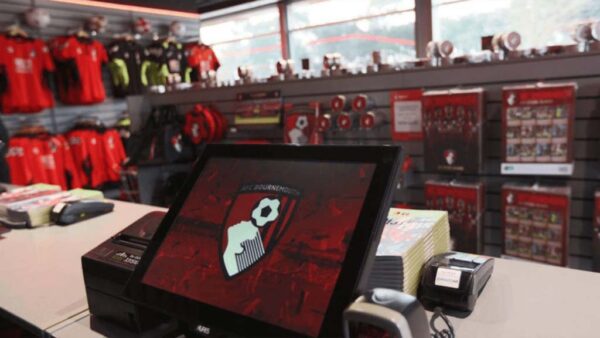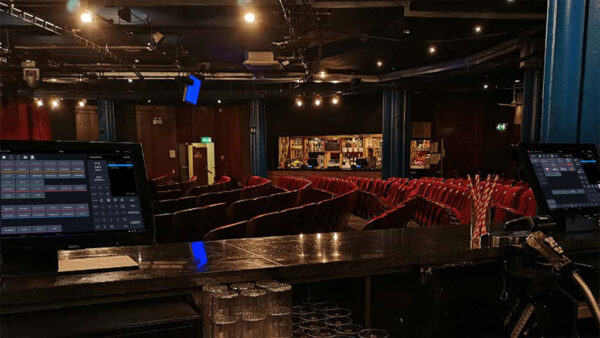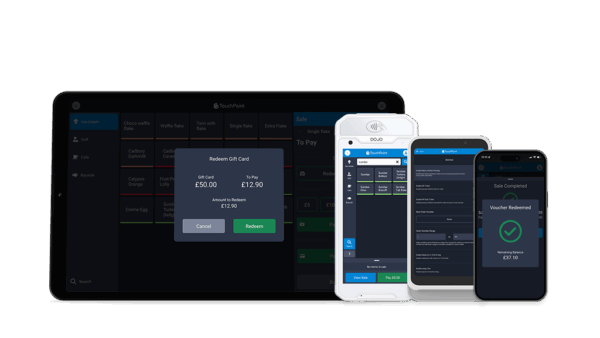Whether or not the first Illinois milk bottle dates really were implemented under orders from Sam ‘Bottles’ Capone, the value of the “best before” both to the consumer and the seller is undisputed. Whilst the consumer benefits from the added reassurance of the information, the seller is able to more effectively reduce stock loss. This is an important principle of process optimisation; the supplier must be paid regardless of whether the product sells, and this approach increases the likelihood of selling the items on before they perish. As products cannot not be sold after their sell-by date, rotation can reduce the expensive practice of routinely disposing of unsold and overdated stock.
Stock rotation comes in a few flavours. FIFO (first in, first out) rotation is common practice in the food industry. Unlike other industries that practice FIFO stock rotation — for example, pharmaceuticals — foodstuffs begin to decline in quality from the moment they are placed on the shelf. With freshness at a premium, moving older product quickly is key. Therefore, when stacking shelves, new items are placed at the back and the existing items are moved forward. Consequently, the oldest item moves to the front of the shelf to maximise the chance of purchase. Kind of like those 80s kids pens where you could keep taking out the lead of the front and sticking it in the back. Stacking points I think.
From this first-in-first-out method, we come to the refinement: FEFO (first expired, first out). Whilst potentially more time consuming, this takes into account that the distribution warehouse is not the origin point of the actual produce, and that new deliveries may not always be the freshest product in a retailer’s stock. Sell-by dates of all items are checked individually to ensure the first expired items are placed at the front of the shelves. This is done as the item is first placed on the shelf, rather than placing product according to delivery dates and then backtracking through the displays to check sell-by dates. If the item’s own date is checked as it is placed on the shelf as standard practice, the business can have confidence that the items already on display have been placed in that same manner, with the closest dates at the front. If the dates are first checked after the items have already been shelved, this process would need to be repeated frequently to keep shelves correctly arranged. Placing items according to date initially is far more efficient.
LIFO (last in, first out) is more common in sectors with heavier non perishable goods such as white goods, where rotating stock would be impractical. Historically LIFO has also been applied to company accounting, but it was always controversial. With the most recently produced items recorded as sold first, when the company matches revenue against cost, this produced a lower profit reading — resulting in lower income tax. LIFO accounting has been banned under International Financial Reporting Standards. The US is the only country in the world to allow its continued use.
Stock rotation is complemented by effective use of Periodic Automatic Replenishment (PAR) which, in best practice, will be an accurate prediction of the expected consumer demand. It will take into account the lead time, recent sales trends, seasonal patterns, and, where possible, the effect of one-off events such as a Champions League or a Six Nations final taking place in the period. Consequently, at the time of reordering, the established safety stock levels are reliable, and don’t leave either a deficit or surplus of perishable goods in the business. Effective use of PAR alongside stock rotation will produce a smoothly refilling system with minimal loss of produce.
Many shoppers are aware of stock manipulation, but research suggests they are comfortable with the idea, seeing it as the most practical way to maintain a consistent food supply. They are also not overly concerned by the practice reaching their own shopping basket, happy to reach to the back of the shelf when they are so inclined, but largely regarding the difference in dates on most products as not significant.






















